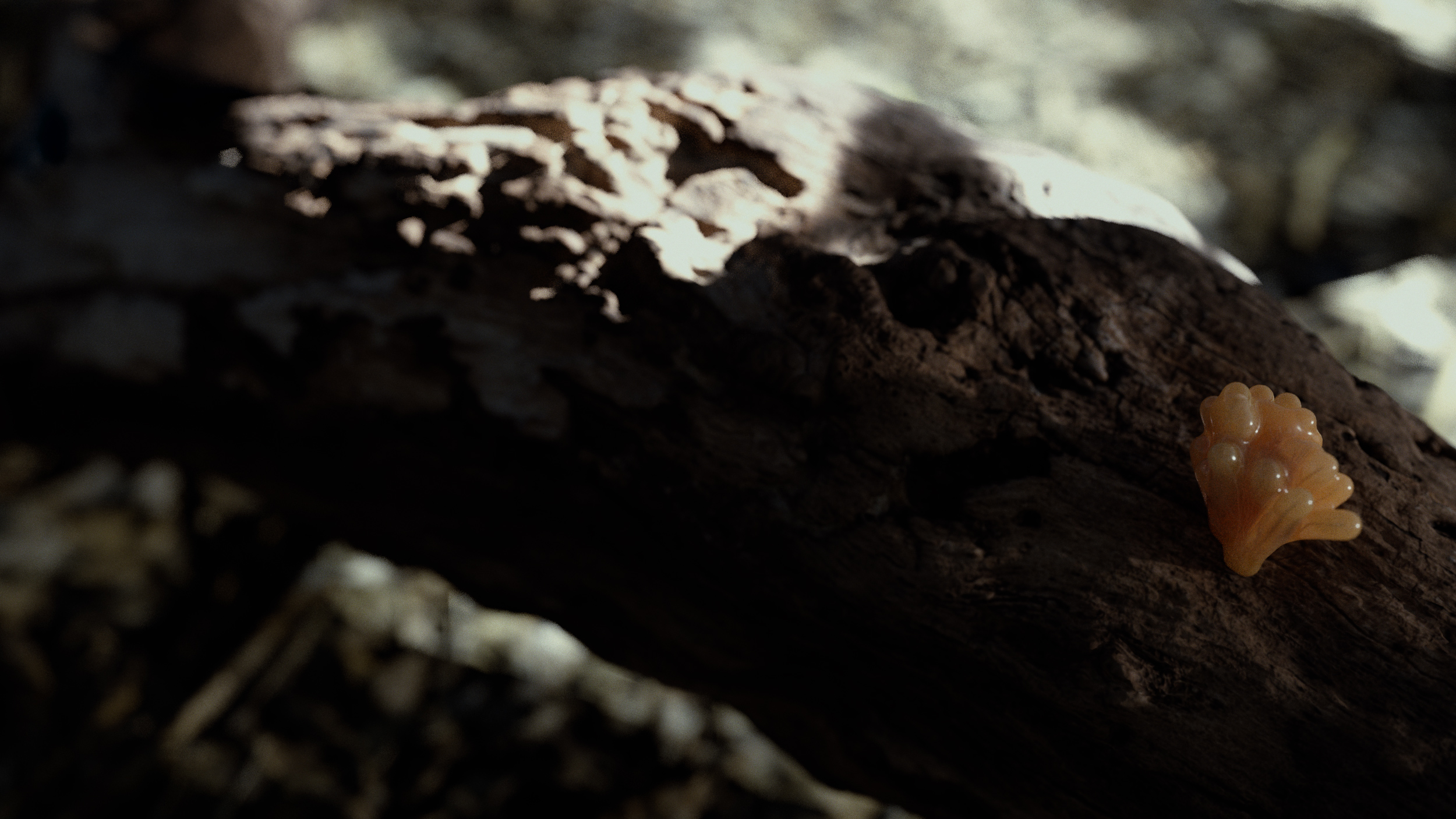THE PLASTIC STUDIO

ON-GOING RESEARCH
RESEARCH
VFX
3D Animation
Posthuman Studies
Parallel Stripes is a series of exploratory very short films inspired by the work of Aphex Twin and Neri Oxman and completed in Fall and Winter of 2019 with SideFX Houdini. They present semi-natural landscapes in a critical post-humanistic manner.
Aphex Twin released on 1994 his “Selected Ambient Works Volume II” album, a landmark in the fields of electronica, ambient techno, and intelligent dance music. They received critical acclaim worldwide and still form the basis of ambient electronic music references. My personal research regarding spatial experiences and they way I could create 3d works that would not conform to the strict two-dimensional nature of a screen or projection lead me to the extremely wide cinemascope ratio of 2.88. Hence the title Parallel Stripes became an umbrella for these videos.
Neri Oxman is an American–Israeli designer and professor at the MIT Media Lab, where she leads the Mediated Matter research group. She is known for art and architecture that combine design, biology, computing, and materials engineering.
Her work embodies environmental design and digital morphogenesis, with shapes and properties that are determined by their context. She coined the phrase “material ecology” to define her work, placing materials in context. Stylistic trademarks include brightly colored and textured surfaces with structure at many scales, and composite materials whose hardness, color, and shape vary over an object. The results are often designed to be worn or touched, and inspired by nature and biology.
Critical posthumanism is a theoretical approach which maps and engages with the “ongoing deconstruction of humanism”. It differentiates between the figure of the ‘posthuman’ (and its present, past and projected avatars, like cyborgs, monsters, zombies, ghosts, angels etc.) and ‘posthumanism’ as the social discourse (in the Foucauldian sense) which negotiates the pressing question of what it means to be human under the conditions of globalisation, technoscience, late capitalism and climate change (often, very problematically, by deliberately blurring the distinctions between science fiction and science fact.
The critical in the phrase ‘critical posthumanism’ gestures towards the more complicated and non-dialectical relationships between the human and the posthuman (as well as their respective dependence on the nonhuman). Posthumanism in this critical sense functions more like an anamnesis and a rewriting of the human and humanism (i.e. ‘rewriting humanity’, in analogy with Lyotard’s notion of “rewriting modernity”). Critical posthumanism asks a number of questions that address these complications: how did we come to think of ourselves as human? Or, what exactly does it mean to be human (especially at a time when some humans have apparently decided that they are becoming or have already become posthuman)? What are the motivations for this posthumanising process and when did it start? What are its implications for nonhuman others (e.g. the ‘environment’, ‘animals’, ‘machines’, ‘God’, etc.)?
One of the first anamnesis and at the same time a sensory reference for this project has been the work of Bjork and Timothy Morton.
It turned out the philosopher, Timothy Morton, was a fan of Björk. Her music, he told her, had been “a very deep influence on my way of thinking and life in general”. The sense of eerie intimacy with other species, the fusion of moods in her songs and videos – tenderness and horror, weirdness and joy – “is the feeling of ecological awareness”, he said. Morton’s own work is about the implications of this strange awareness – the knowledge of our interdependence with other beings – which he believes undermines long-held assumptions about the separation between humanity and nature. For him, this is the defining characteristic of our times, and it is compelling us to change our “core ideas of what it means to exist, what Earth is, what society is”.
The short film that was originally produced before Parallel Stripes took shape, bares the name of one of Bjork’s most famous pieces, “Pagan Poetry”
RESEARCH ON
POSTHUMAN VISUALS
Aphex Twin – Parallel Stripes
Licensed to: Abramus Digital, LatinAutorPerf, BMI – Broadcast Music Inc., LatinAutor – PeerMusic, and 7 Music Rights Societies